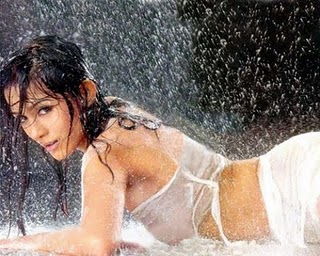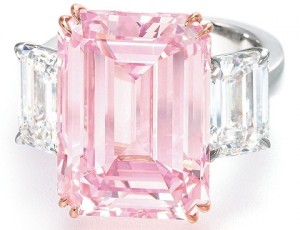Before a diamond can be deemed suitable for purchasing, the diamonds are put through extensive tests to determine that it’s authentic prior to receiving a grading certificate. There are several things a diamond will be graded on, including cut, clarity, color and carat weight. The following guide aims to explain what each of these mean as well as the importance behind diamond grading.
Many people believe the Cut of a diamond refers explicitly to the shape, but that’s actually incorrect...
A well cut diamond determines how the naked eye views the brilliance of the stone and enables the diamond to reflect light much better than a poorly cut diamond could. It’s important when choosing a diamond that you never underestimate the importance of the cut. A skilled diamond cutter can create a work of art with each stone, and regardless of the shape of the diamond a poorly cut stone will leave the diamond dull and lifeless. With diamond grading, each stone gets a cut rating ranging from excellent to poor. The height versus depth ratio (referred to as depth percentage) as well as the top of the stone versus the width (the table percentage) are all proportioned by the cut of the diamond. Essentially, the cut is what makes the stone. Proportion, angle and reflection are all important aspects when considering the cut of a diamond. While each facet of the cut are far above what we can see with our naked eyes, a well-cut stone reflects the utmost in quality and value for the buyer.
While the Clarity of a diamond offers much in the way of value and brilliance, it’s extremely rare to find a diamond entirely without surface blemishes or inclusions (tiny, natural birthmarks.)
To find a diamond without any flaws heightens the value of the stone. To determine the clarity of a stone, skilled diamond graders view the diamond under 10-power magnification to view the gem up close and personal and make note of any surface flaws they find. The goal when purchasing a diamond is to look for the highest clarity possible, because the fewer blemishes there are the more brilliant the diamond will be. A lot of inclusions will interfere with light passing through the diamond, thereby dulling its brilliance. When grading for clarity, diamonds are rated from “completely flawless” to “noticeably imperfect.” A diamond that’s completely flawless is a rarity and significantly increases the value of the gem. When looking for a diamond to purchase, keep in mind that the clarity will affect the radiance and sparkle of the stone. Lower clarities means a duller stone, while a higher clarity means the stone reflects light very well, thus enhancing the overall sparkle and brilliance of the diamond.
The Color of a diamond often influences potential diamond buyers to pick a specific color based on personal preference.
Diamonds range in color from yellow to brown, and rarer colors such as pink, green, blue and other colors referred to as “fancies.” Ultimately however, the best color for a diamond is actually no color at all. The reason behind this is that a colorless diamond will enable light to pass through effortlessly and sparkle with radiant rainbows of color. The light will radiate from the center of the diamond outward, giving it sparkle unparallel to that of other colors. When diamond graders rate the color of diamonds, they do it based on a scale ranging from D (which means colorless) to Z (which refers to a strong yellow color.) The scale follows a pattern from most valuable (obviously a colorless diamond) to diamonds of lesser quality. A diamond with color doesn’’t necessarily mean it’s valueless, but the clearer a diamond the more valuable it can be. The color of an individual stone will help influence the price range for the diamond, as well as the cut and shape of the stone. The color of the gem is important when searching for a diamond that will radiate light and sparkle brilliantly which is why many people prefer a colorless diamond.
In the diamond business, bigger does not always mean better when it comes to Carats.
The weight of the diamond is measured in carats, and one carat is divided into 100 points. Furthermore, one carat is also equal to 1/5 of a gram. For example, a diamond with 75 points would weigh .75 carats. For diamond graders, determining carat weight is the easiest of the 4 C’s to figure out; however, if two diamonds had equal carat weight, that doesn’t mean their values are the same. Carat weight may be important to those who appreciate a larger diamond, but as far as the quality of the gemstone, carat weight doesn’t have anything to do with that. As a matter of fact, quality diamonds can be found in all shapes and sizes regardless of the assigned carat weight. Skilled diamond graders usually assign diamonds carat weights ranging from .3 carats all the way up to 8 carats and possibly beyond. When choosing a diamond, it’s important to note how the entire gemstone looks as far as color, clarity and cut and finally carat weight.





















